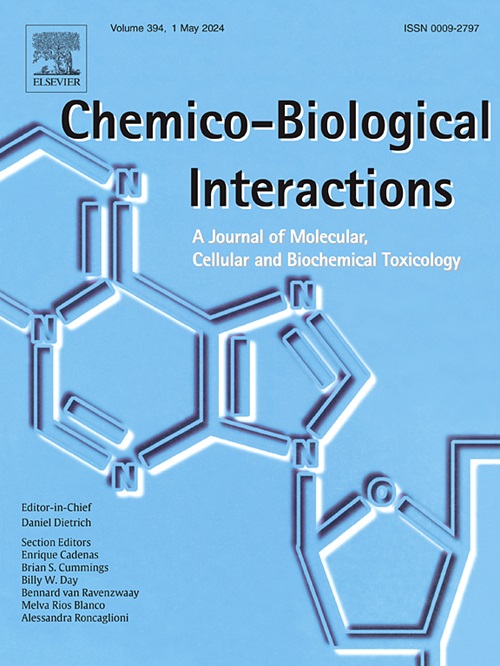Timosaponin B II as a novel KEAP1-NRF2 inhibitor to alleviate alcoholic liver disease:Receptor structure-based virtual screening and biological evaluation
IF 4.7
2区 医学
Q1 BIOCHEMISTRY & MOLECULAR BIOLOGY
引用次数: 0
Abstract
Oxidative stress induced by excess ethanol is an important factor in the progression of alcoholic liver disease (ALD). In recent years, inhibiting Kelch-like ECH-associated protein 1 (KEAP1) to activate the antioxidant regulator Nuclear factor erythroid 2-related factor 2 (NRF2) has been considered an effective strategy for treating oxidative stress-related diseases, but its application in ALD remains insufficiently explored. This study aims to discover high-affinity inhibitors targeting the KEAP1 receptor. We conducted virtual screening of a compound library based on a structure-based pharmacophore model, ultimately identifying the candidate compound Timosaponin B II (TBII). Subsequently, we established ALD models in AML-12 cells and C57BL/6 mice, and evaluated the therapeutic effects and mechanisms of TBII on ALD using methods including Immunofluorescence, Western blotting, RT-qPCR, Biochemical assays, and histological staining. Results indicate that TBII significantly improved ethanol-induced liver injury, inhibited the elevation of serum Alanine Aminotransferase (ALT), Aspartate Aminotransferase (AST), Total Cholesterol (T-CHO), and Triglycerides (TG) levels, and reduced lipid droplet accumulation in liver tissues. Furthermore, TBII treatment enhanced the antioxidant capacity of AML-12 cells and mouse liver, increasing Glutathione (GSH) and Superoxide Dismutase (SOD) levels while reducing Malondialdehyde (MDA) and Reactive Oxygen Species (ROS) levels. Mechanistic studies indicated that TBII inhibited the ethanol-induced increase in KEAP1 and reversed the ethanol-induced changes in NRF2 and its downstream targets. In conclusion, this study suggests that TBII may become a potential therapeutic agent for ALD by modulating the KEAP1-NRF2 pathway to alleviate oxidative stress and lipid metabolism abnormalities.
求助全文
约1分钟内获得全文
求助全文
来源期刊
CiteScore
7.70
自引率
3.90%
发文量
410
审稿时长
36 days
期刊介绍:
Chemico-Biological Interactions publishes research reports and review articles that examine the molecular, cellular, and/or biochemical basis of toxicologically relevant outcomes. Special emphasis is placed on toxicological mechanisms associated with interactions between chemicals and biological systems. Outcomes may include all traditional endpoints caused by synthetic or naturally occurring chemicals, both in vivo and in vitro. Endpoints of interest include, but are not limited to carcinogenesis, mutagenesis, respiratory toxicology, neurotoxicology, reproductive and developmental toxicology, and immunotoxicology.

 求助内容:
求助内容: 应助结果提醒方式:
应助结果提醒方式:


